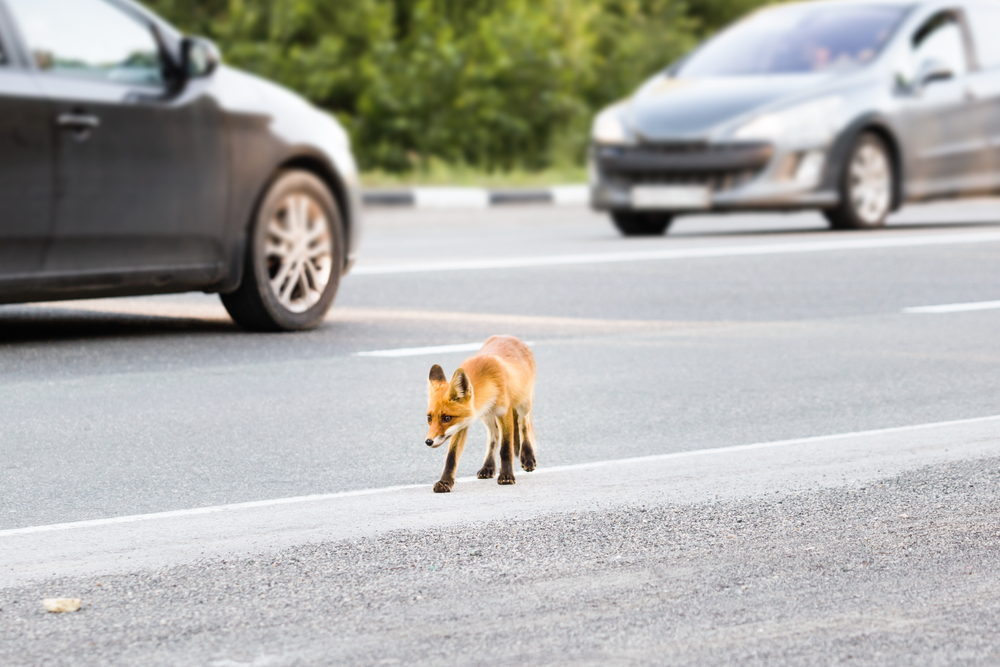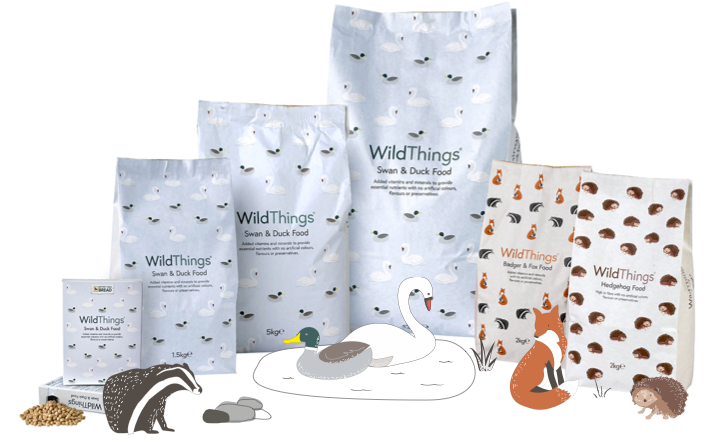Tips for Road Safety with Animals
28th October 2019

As the nights get darker at this time of year and the cold weather produces distractions like rain and snow, it’ll be harder for drivers to see what’s ahead of them on the road. This creates a number of risks for your local wildlife, as animals will often find their way from the woods to highways and residential streets. So, to avoid any potential hazards, here are a few ways you can help keep your local wildlife safe on the roads this winter.
Stick to the speed limit
The most obvious, but also most important way to avoid accidents with wildlife is to always stick to the speed limit. Doing this will lessen the impact in the event of a collision. It will also give you more time to see any animals that may be ahead of you, and will give you more time to break and prevent a collision.
Keep your eyes out for animals
The best way to make sure no animals are harmed on the road is to always look out for any animals nearby. When driving at night, look out for any reflections in animals’ eyes as you’re driving. This is known as “eye-shine”. And if you have any passengers in your car, let them know to keep an eye out for animals whilst your attention is on the road.
Be aware of peak areas and times
It’s helpful to know about any areas you may be traveling through that are popular with wild animals. Do a search of areas you’ll be travelling through to see if they’re popular animal areas and which animals you’re likely to come across. Also, it helps to keep in mind times of the day that animals are most active. For instance, deer are most active between 6pm and 9pm. This is when the day gets darker and it will be harder to see. Knowing when animals are most likely to be near the roads will help you remain alert for any wildlife that darts into your line of vision.
Avoid tailgating
Road safety doesn’t just apply to your local wildlife. It’s also essential that you keep yourself safe from other drivers getting into a collision with an animal. If you’re sticking close to the car in front of you, you’re more likely to bump into them if they have to stop suddenly for an animal. That’s why it’s better to keep your distance if you’re in a wildlife populated area to avoid any crashes.
Use your brights
Your high-beam lights are there for a reason; don’t be afraid to use them. As the roads are harder to see in the darker winter days, using your full high beams will you give a better view of the roads ahead. Now, you’ll have a better chance of seeing any wildlife to cross the road. Be sure to always be mindful of other drivers when using your high-beam lights so as not to mistake visibility difficult for them.


